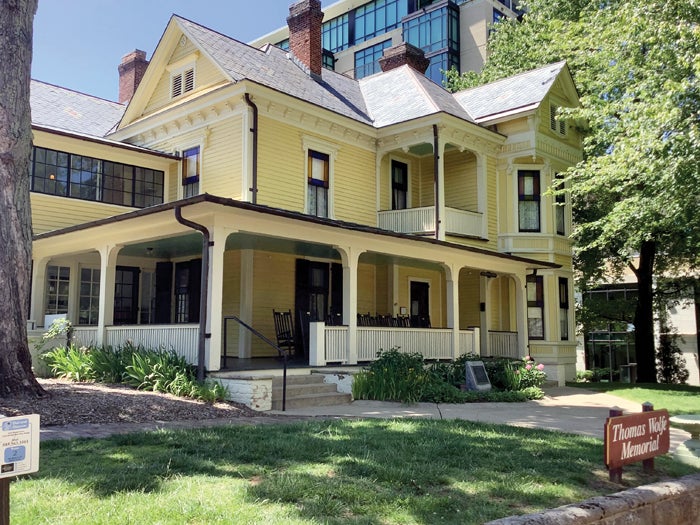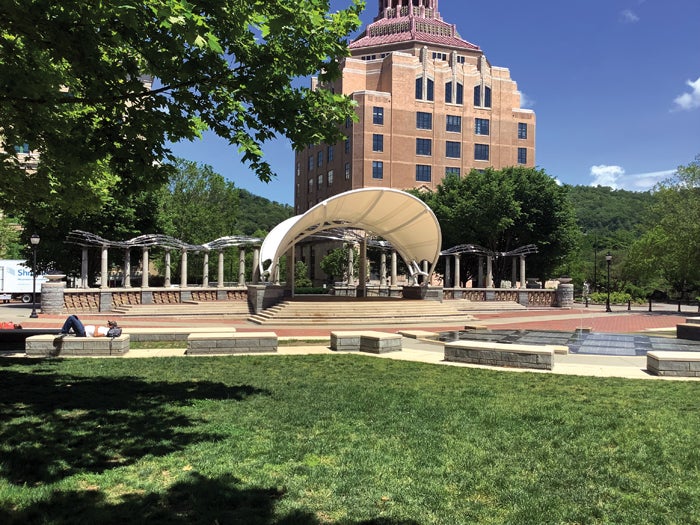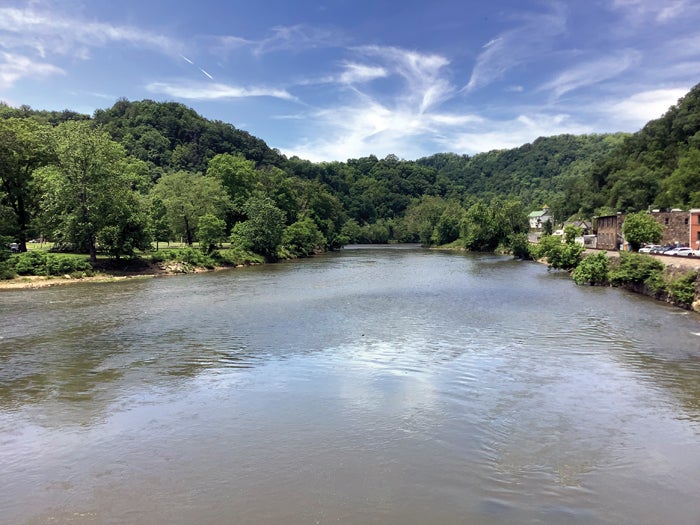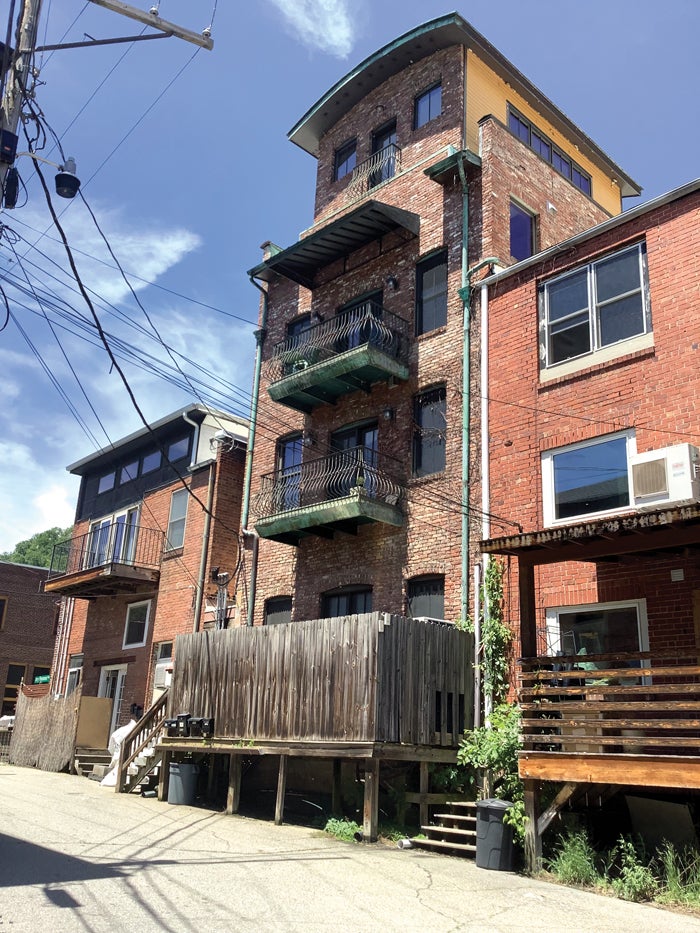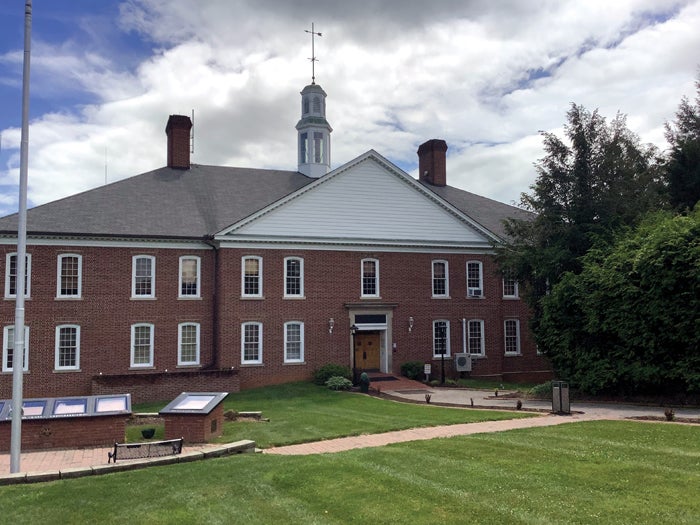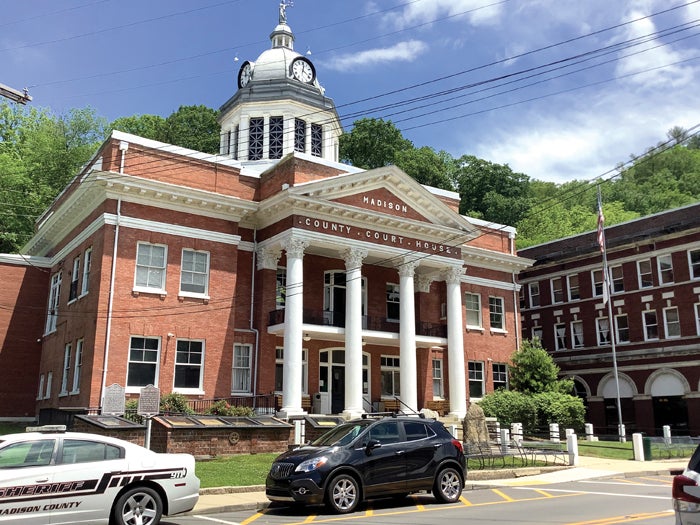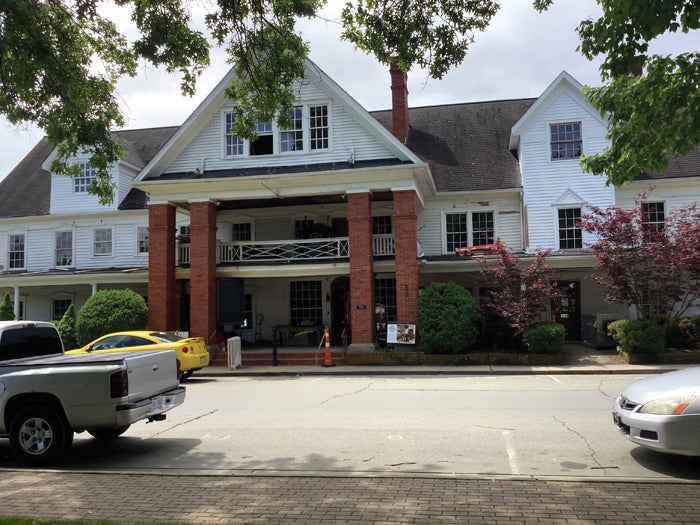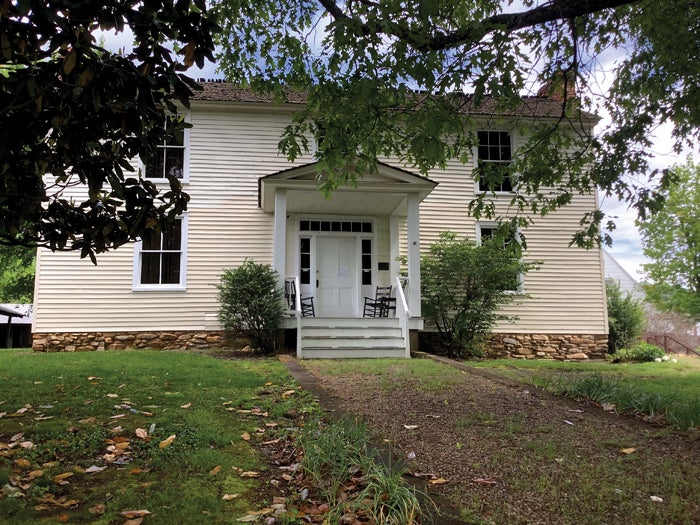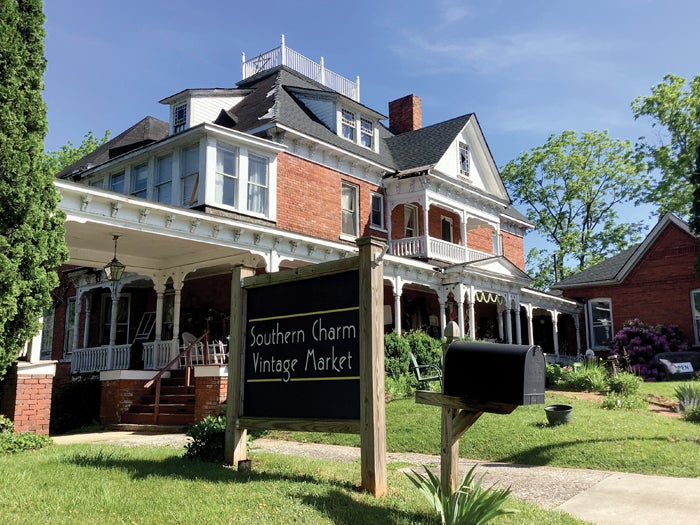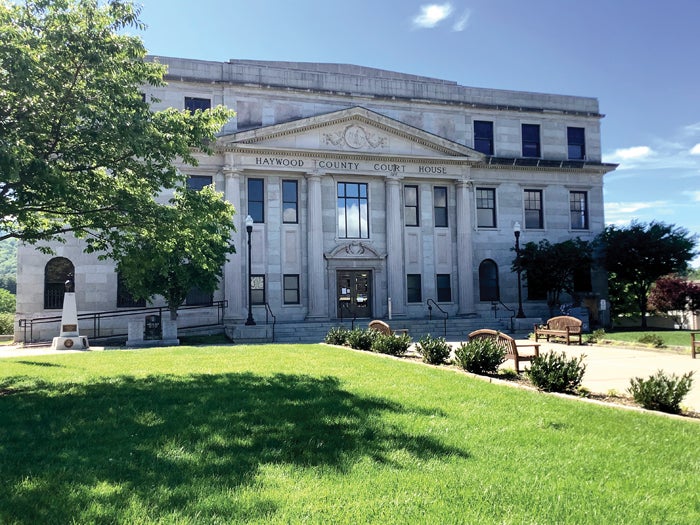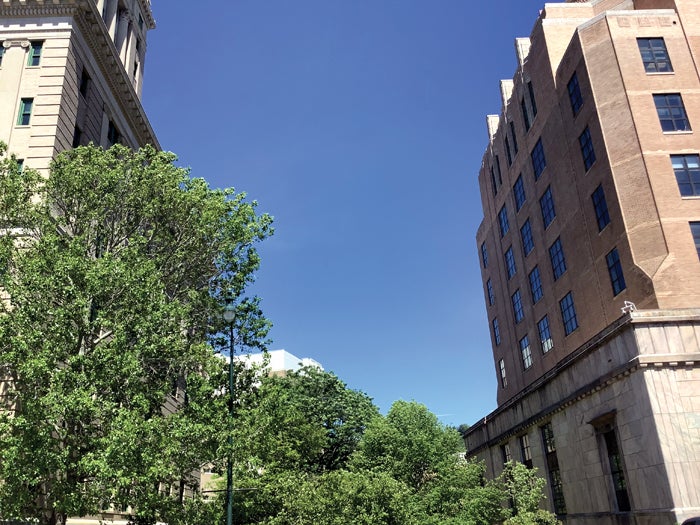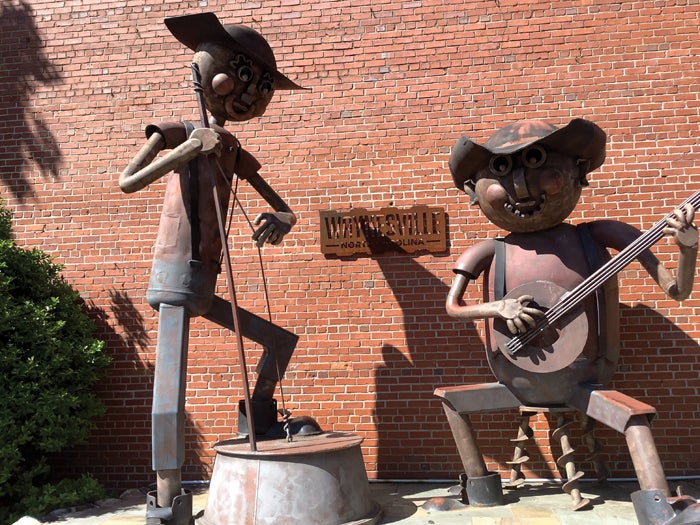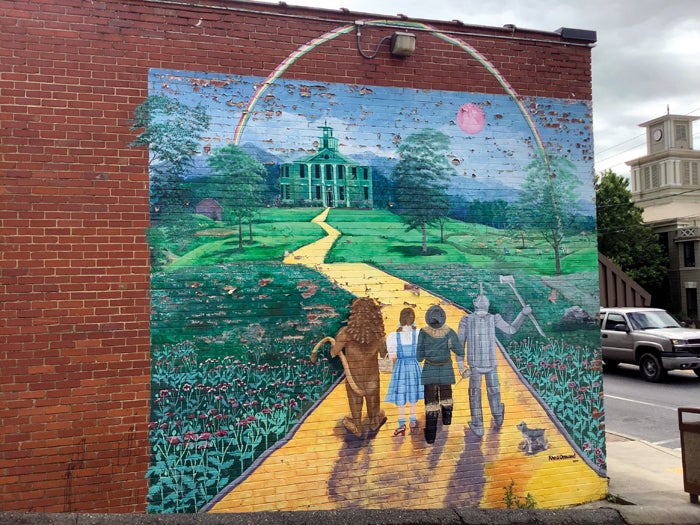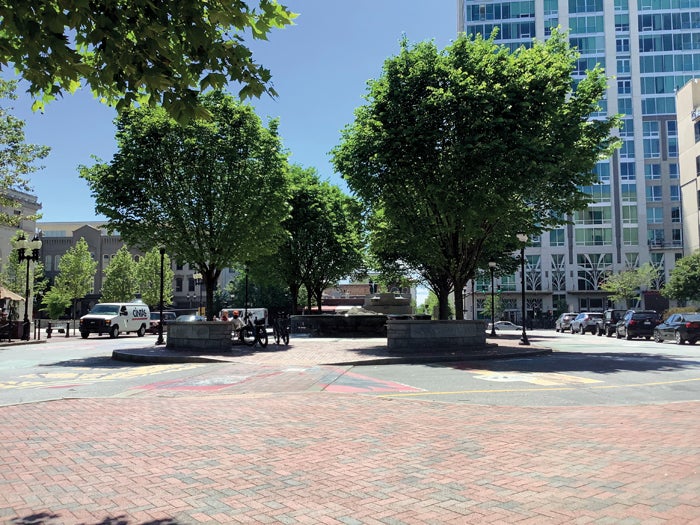Gotta Run: Mountain county seats visited
Published 12:10 am Saturday, May 27, 2023
Editor’s note: David Freeze is completing a challenge to run in a few miles in every county seat in all 100 N.C. counties. Contact him at david.freeze@ctc.net.
I drove west on May 17 with a mission to visit the last 11 counties in that farthest part of the state. Many of the towns I was already familiar with, having attended Western Carolina University for two years. My first stop was Burnsville, a town that I hadn’t seen before. Burnsville was founded in 1834 and named after War of 1812 naval hero Otway Burns. Serving as the county seat of Yancey County, Burnsville is the only incorporated town in the county.
The town square is a park, not centered on the courthouse, and has a statue of Burns. The Yancey County courthouse, built in 1908, is just across the street, not far from the very interesting Nu-Wray Hotel. Originally built of logs in 1833, the hotel is undergoing complete renovation. Elvis Presley, Thomas Wolfe and William Sidney Porter (O.Henry) all spent the night here. Concept photos of what the main areas and rooms with baths will look like were posted outside. The John Wesley McElroy house was built in the 1840s and later served as a hospital, post office and as headquarters for the Civil War home guard. General McElroy was the head of the western home guard brigade.
The NC Bigfoot Conference will be held here on June 17 and will include a day of notable speakers. The Yancey County Museum, beside the McElroy house, is free. Burnsville was interesting, fairly busy and the downtown was without a nationally known store, a pattern that would continue for the next two days.
Next up was Marshall, county seat of Madison County. The French Broad River runs through the town as does the railway and Main Street. The historic downtown is centered on the Madison County Courthouse, built in 1907. A long main street runs as flat as the river beside it, very pleasant on my legs. An interesting smattering of historic buildings and downtown stores included an old hardware and the depot, used weekly as a gathering place for mountain music on Friday nights.
Interesting about the downtown were repeated mentions of mermaids and the upcoming Mermaid and Parade Festival on June 3, an all-day event. Lots of apartments on the backside of the historic buildings faced the river. A central theme concerning the Civil War for many of the mountain communities was a disagreement over which side to support. While most who went to war supported the confederacy, some supported the union and a significant number were neutral, saying that the slave issue was not relevant in mountain counties. The mountains also became a haven for deserters from both sides.
The one big city I had on my schedule that day was Asheville, county seat of Buncombe County. I followed Siri’s directions to an end right in front of the courthouse. An empty parking spot was impossible to find until I spotted one with a red sign in front of it, and no instructions. I decided to take a chance, but still kept an eye on my truck occasionally since “towing” signs were posted everywhere.
Originally established as Morristown, the county seat was established in 1793 and then renamed Asheville after Gov. Samuel Ashe in 1797. On prior visits for running races, I had occasionally heard mountain music at the Shindig on the Green. Often impromptu, groups of musicians would form and play in various parts of the greenspace in front of the courthouse. A permanent covered stage now is in place where musicians and dancers are known to gather “along about sundown” on summer Saturday evenings.
Notable buildings include the city hall finished in 1928, the county courthouse and the Thomas Wolfe house. Wolfe’s book, Look Homeward Angel, is considered a classic and his boyhood home is a national historic landmark. In the same area is Central Square, contributing to what is called the Pack Square Park, right in the middle of the business district. Most interesting to me was a historical plaque commemorating the Aug. 14, 1943 day that Army Colonel Robert Morgan, Asheville native, flew the WWII Memphis Belle B-17 across central square. He then tilted the plane at 60 degrees to fly between the massive city hall and county courthouse. The Memphis Belle was the first plane to make the required 25 missions over German occupied Europe. The plane and crew were immortalized in a movie of the same name.
I continued west about 30 miles to Waynesville, county seat of Haywood County. Waynesville was founded in 1810 and named after Revolutionary War General “Mad” Anthony Wayne. Notable Civil War history was that the last battle in North Carolina ended here in a Confederate victory after a combined band of 600 Cherokee and southern soldiers danced around their campfires all night making a lot of noise. The Union commander prepared a surrender proposal which was delivered the next morning. Shortly after, both commanders were notified that the war had ended with the surrenders of Lee and Johnston in the previous days.
Driving into town, I couldn’t find an empty parking place until almost through town. Another busy and interesting downtown was also mostly flat and dominated by craft and antique shops, plus numerous food options. Historic buildings in the downtown area included the 1932 Haywood County courthouse, the 1927 Masonic Hall and the Dr. J Howell Way house, started before the Civil War and completed in 1899.
Forty-three counties done. I totaled 6.08 miles on my feet on a beautiful day and was excited to continue west. You’ll hear about more of those towns next week. See you then!


